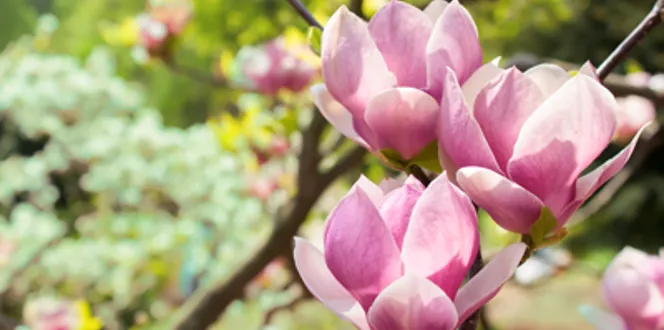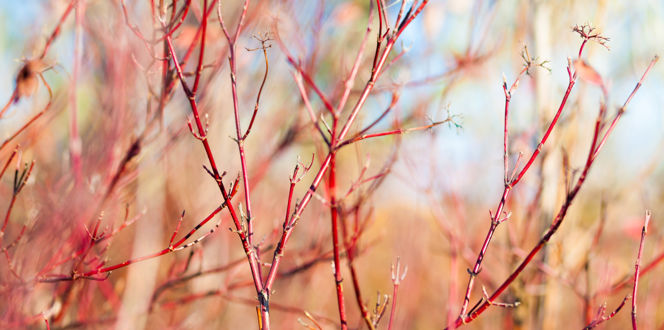Want an incredible spring flowering tree that boasts large blooms and smooth, leathery leaves?
Then a magnolia tree may be perfect for you.
Some species are among spring’s first bloomers, while others flower in the heat of summer. They have bountiful, fragrant flowers, that , add wonder to your yard. While magnolias usually symbolize the South, many varieties are adaptable throughout the US. Choose a variety appropriate for your region!
Learn more about these favorite trees, including how to identify one in your yard, how to pick the right species for your space, how to take care of them, and any potential threats to stay ahead of while tending to them.
How To Identify A Magnolia Tree
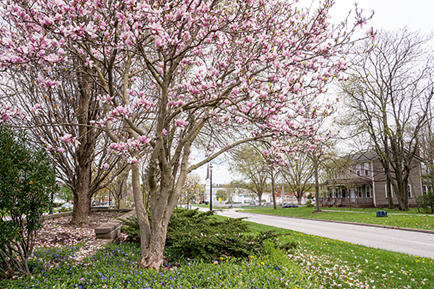
Magnolia is part of a genus of flowering trees and shrubs that belong to the family Magnoliaceae.
There are more than 125 types of magnolia trees that can fit in most hardiness zones. There are varieties that are evergreen, and others that are deciduous, and you can actually get them as large trees or smaller, more shrub-like hedges.
Magnolia Tree Leaves And Flowers
Magnolia tree leaves vary from shiny or waxy to soft, green and saucer-shaped.
Most magnolia tree flowers are large and striking with distinct petal segments. They can be star-shaped or bowl-shaped similar to tulips, growing up to 12-inches across. They certainly add a lot of drama to any space with blossoms in white, pink, purple, red, or yellow – with white and pink being the most common.
Magnolia Tree Bark
A magnolia tree’s bark starts out in a smooth brown or gray when the plant is young.
As it ages, the bark becomes scaly.
How To Tell The Difference Between A Magnolia Tree And Bush
A magnolia tree versus a magnolia shrub can be identified by the number of stems coming from the base of the tree.
A shrub will be multi-stemmed, while a tree will produce a single trunk.
Types Of Magnolia Trees
Magnolia trees thrive in full sun or partial shade, depending on the species, making them quite adaptable to many locations. Try one of these favorites:
Southern Magnolia Tree
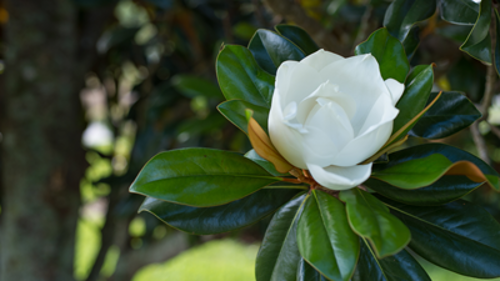
- Grow zones: The southern magnolia tree is one of the most popular species that grows best in USDA hardiness zones 6 to 10.
- Bloom/Flowering: This state tree of Mississippi has large, striking flowers in creamy white with a rich fragrance that bloom from May through June. They can reach up to 12 inches in diameter. Leaves are shiny green with reddish tones underneath.
- Height/spread: This tree grows to 60- to 80-feet tall with a 40-foot spread.
- Sunlight: Full sun to partial shade are best for this tree that likes a minimum of 4 hours of direct sunlight daily.
- Best time to prune: Prune after bloom time and during the summer so they have time to recover before winter.
Jane Magnolia Tree
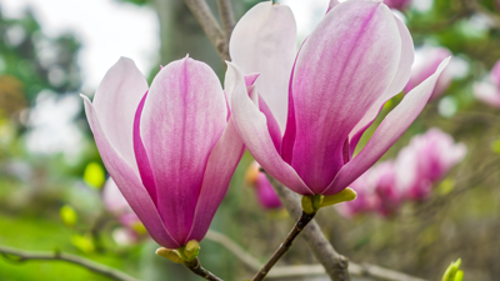
- Grow zones: The Jane magnolia tree grows best in USDA hardiness zones 4 to 7.
- Bloom/Flowering: The reddish-purple flowers on this tree open late in spring to avoid frost damage. Blooms are tulip-shaped with a light scent.
- Height/spread: This flowering tree grows about 12-inches per year, reaching 10 to 15 feet.
- Sunlight: Plant in full sun, so it gets at least six hours of direct, unfiltered sunlight each day.
- Best time to prune: Prune this tree after it blooms and the blooms die off to encourage new growth for the next growing season.
Sweetbay Magnolia Tree
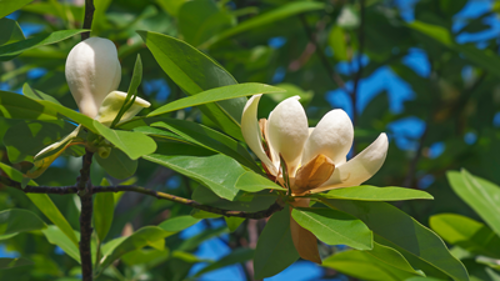
- Grow zones: The Sweetbay magnolia tree is native to the eastern U.S., growing in USDA hardiness zones 5 to 10.
- Bloom/Flowering: White, waxy flowers appear in mid-summer, lasting until early autumn. Shiny green oblong leaves have silvery undersides.
- Height/spread: This tree grows 10 to 35 feet tall.
- Sunlight: Plant in full sun to partial shade.
- Best time to prune: Prune only after the plant finishes blooming during the growing season. This tree may want to grow naturally with several trunks, but you can train it to grow with a single trunk.
Little Gem Magnolia Tree

- Grow zones: The ‘Little Gem’ magnolia tree is a popular choice for those living in USDA hardiness zones 6 to 10. Its fruit attracts birds.
- Bloom/Flowering: Enjoy fragrant, white, 4-inch flowers from mid-spring to summer after planting this tree. Leaves are glossy, dark green on top and rusty brown underneath.
- Height/spread: This tree can reach a height of 15 to 20 feet and a spread of 7 to 10 feet.
- Sunlight: Full sun to partial shade are best for the ‘Little Gem.’
- Best time to prune: Prune before the spring growth flush and after any danger of frost has passed.
Pink Magnolia Tree
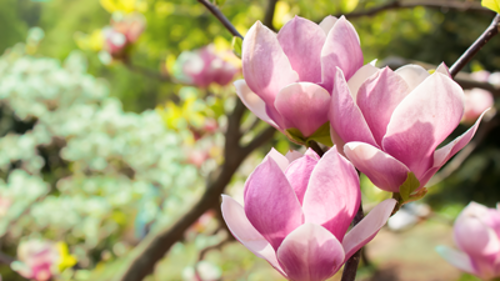
- Grow zones: The pink magnolia tree, also known as the saucer magnolia, is a deciduous tree that grows best in USDA hardiness zones 4 to 9.
- Bloom/Flowering: This tree blooms in late February to April with some blossoms reappearing in summer. Flowers are attractive pink and white saucer-shaped, ranging from 5 to 10 inches in diameter.
- Height/spread: The saucer magnolia tree grows to a height of 20 to 30 feet and a spread of 25 feet.
- Sunlight: This tree likes full sun, which equals six hours of direct, unfiltered sunlight daily.
- Best time to prune: Prune in late spring and summer, after it has finished flowering so you don’t risk cutting off any blooms.
Potential Threats
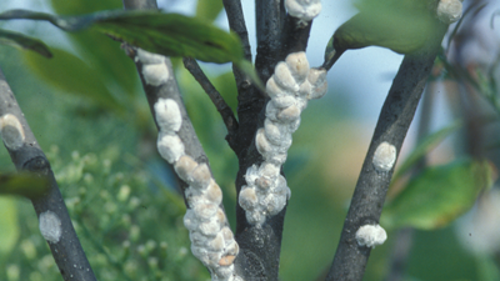
Magnolia trees are fairly easy to maintain, but they can encounter some pests and diseases in their lifetimes.
Scales are the biggest issue for magnolias, especially in southern regions. They can secrete sticky honeydew and may cause crown dieback. Aphids, thrips, and caterpillars can also attack the magnolia. While these pests can cause some damage, they generally won’t threaten your magnolia’s life. Your local certified arborist can help identify any pest problems and help build a management plan.
When it comes to diseases, leaf spots, bacterial blights and verticillium wilt can impact magnolias. Proper management of diseases can help prevent them. Since these diseases thrive in wet conditions, remember to give your magnolia good airflow with proper pruning and planting.


